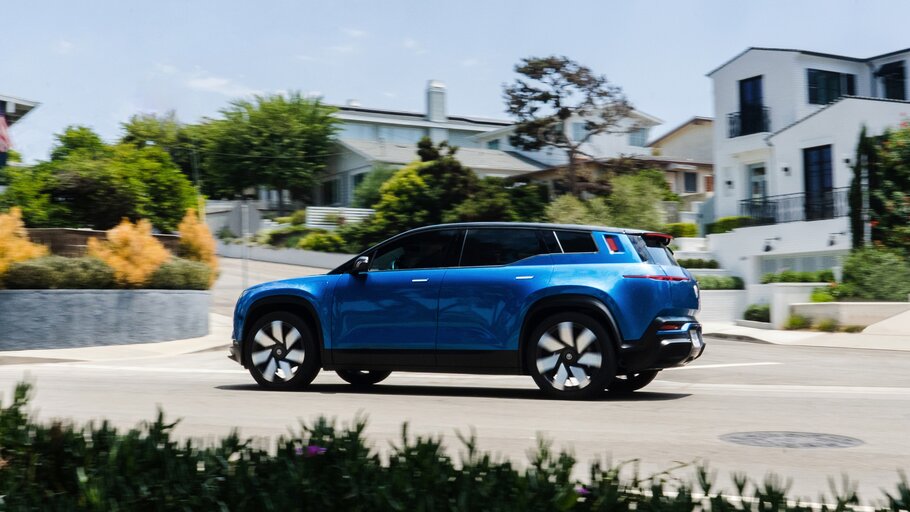
Fisker Inc. (NYSE: FSR) (“Fisker”), driven by a mission to create the world’s most emotional and sustainable electric vehicles, announced today the Fisker Ocean completed and met all applicable FMVSS testing required for US National Highway Traffic Safety Administration (NHTSA) self-certification and meets New Car Assessment Program (NCAP) standards for a 5-star rating. Fisker utilized an internationally recognized agency to carry out the testing.
“Fisker engineered the structure of the Fisker Ocean to achieve a five-star crash rating according to the NCAP,” said Chairman and CEO Henrik Fisker. “An official five-star rating will now be possible should NHTSA select a Fisker Ocean for testing.”
The Fisker Ocean recently received WLTP certification in Europe of 707 km/440 miles (UK)[1] for its Extreme trim level with 20” wheels, the longest range of any battery-electric SUV currently on sale in Europe. Fisker expects full European regulatory approval by the end of April, with customer deliveries to follow.
The carmaker is pursuing an official Certificate of Conformity (CoC) with the Environmental Protection Agency (EPA) to validate the Fisker Ocean Extreme range. Fisker provided the agency with a complete vehicle description and range test data recorded during a rolling road test at an independent, third-party test laboratory. The company is also pursuing a California Air Resources Board (CARB) certification in California and 17 other jurisdictions in the US.
Fisker anticipates the EPA will confirm the estimated 350-mile range[2] for the Fisker Ocean Extreme. However, Fisker is waiting for the agency to provide a firm date for the certification. In the meantime, Fisker is utilizing its dual-homologation approach for Europe and the US, with European deliveries preceding North America.
In the first quarter, Fisker changed its strategy of building 300 vehicles to avoid holding inventory that the company could not deliver in Europe or the US. Fisker built some units for internal use to maintain production readiness.
The company intends to ramp up production on April 20, 2023, for vehicles planned for European delivery. Units destined for the US will have a separate ramp-up, estimated to start the first week of May, with those vehicles ready to ship ahead of EPA approvals.
Previous article
Maserati takes the new GranTurismo to the Rolex Monte-Carlo Masters


